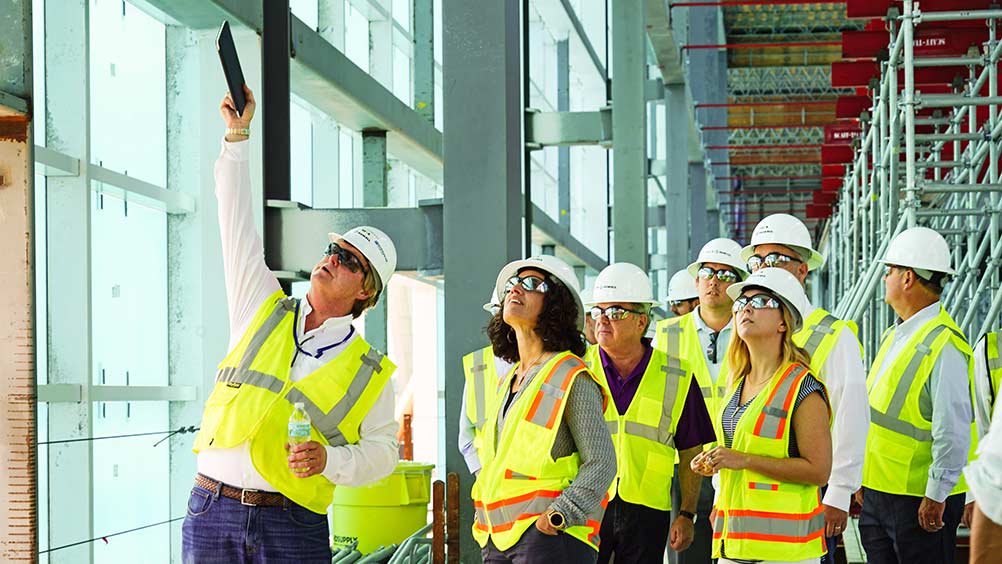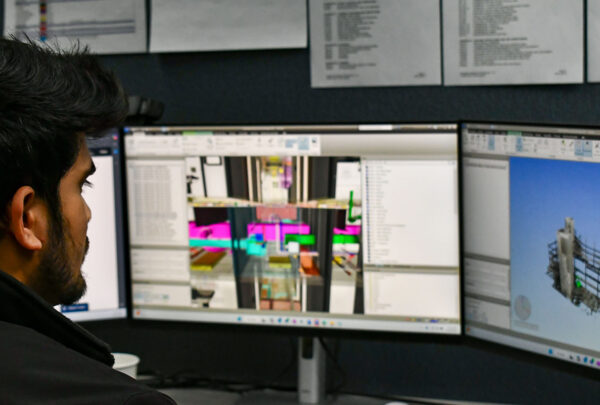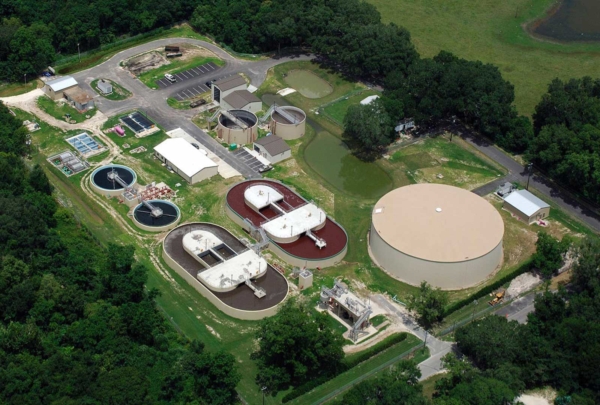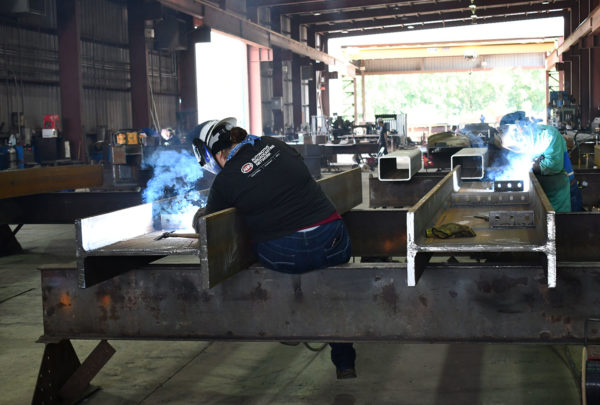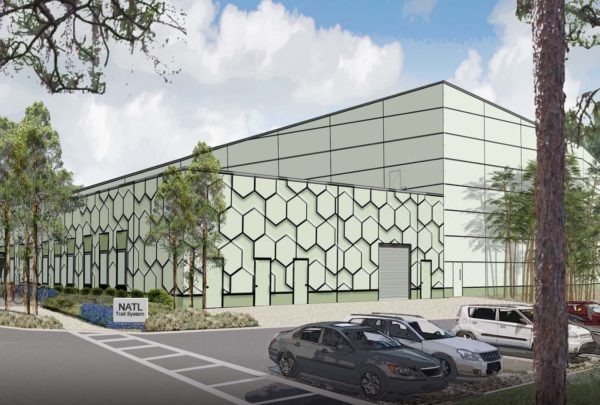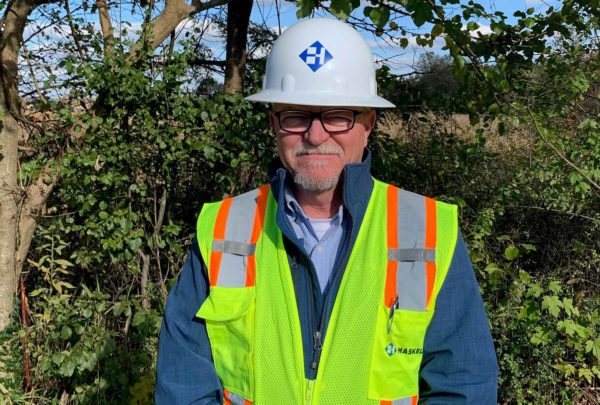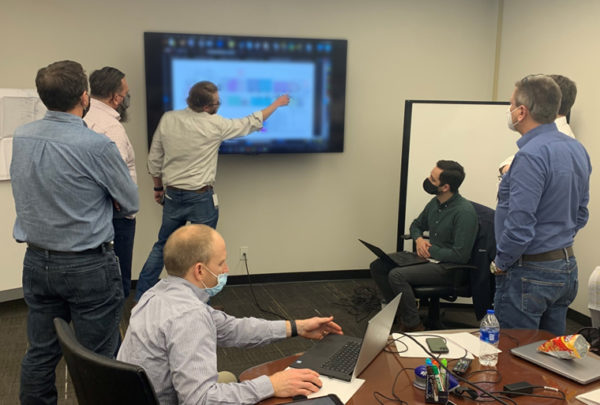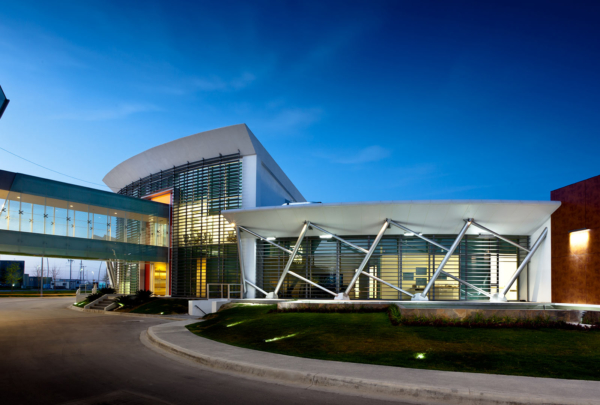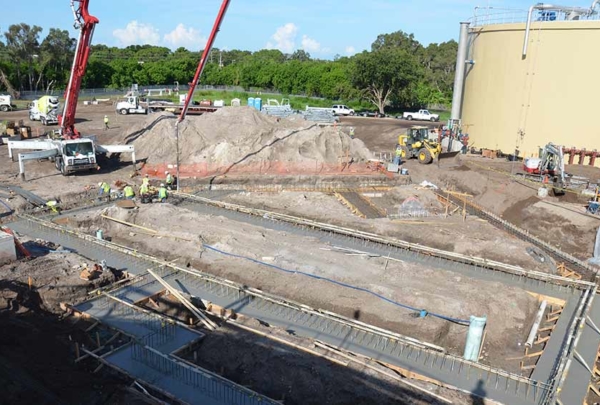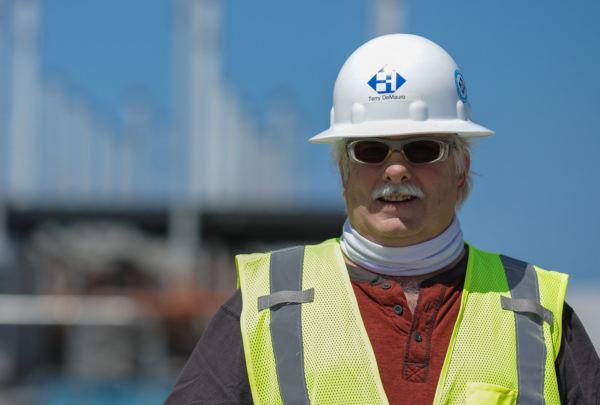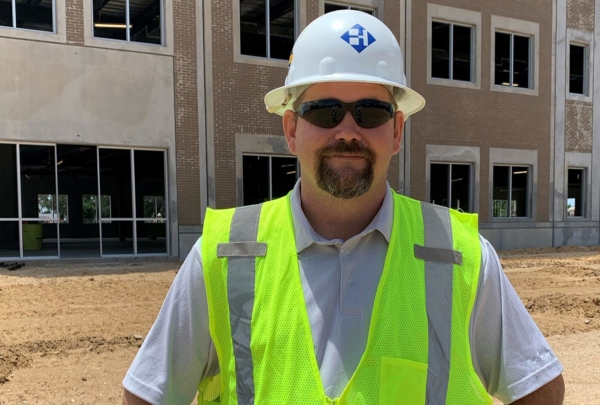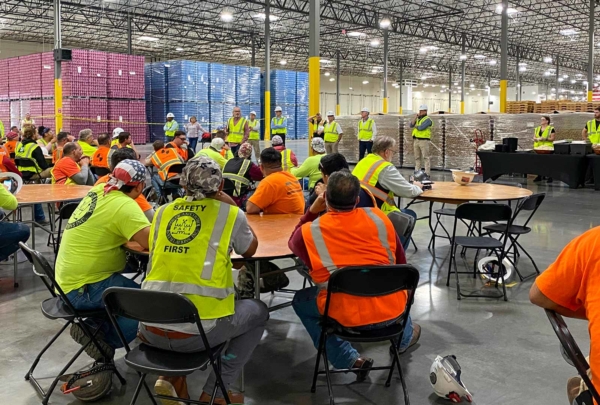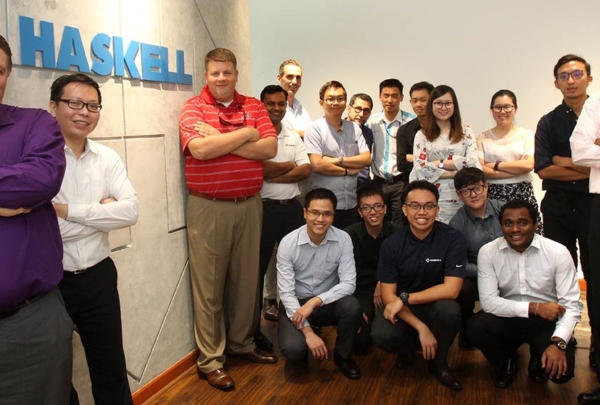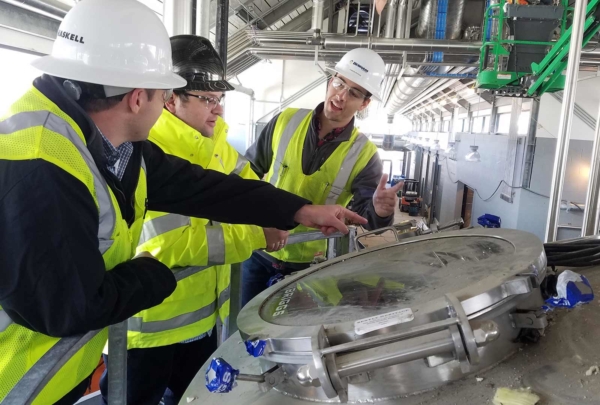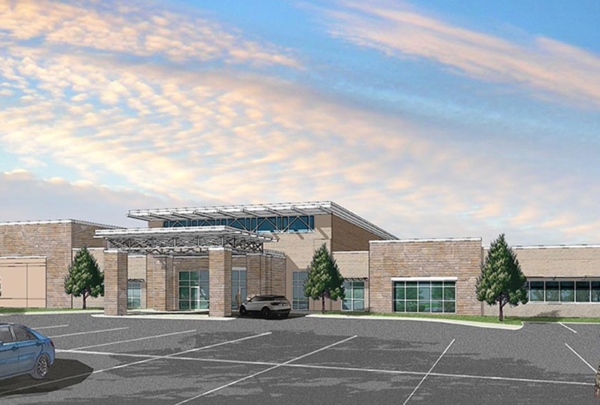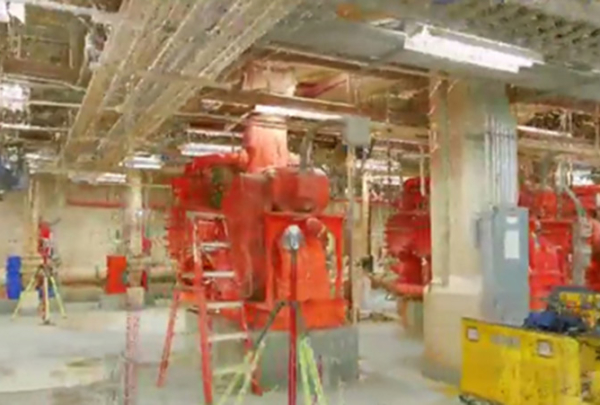David Bates grew up working is the family construction business, majored in construction management at Auburn and then worked his way up through the ranks. He will tell you, from long experience, that construction is historically one of the least efficient businesses there is.
He also will tell you that at the organization where he helps lead field operations, where he ascended from assistant superintendent to vice president, they assemble industry-leading construction teams to challenge that generalization.
History, meet Haskell.
Bates is VP of Construction Core at The Haskell Company, where through innovation, a collaborative approach and a fervent commitment to technology, construction teams regularly deliver projects on time and on budget.
Traditionally, architects create designs that they hand off to engineers; engineers adapt designs into buildable plans that they hand off to contractors; and contractors bring the plans to life. But when plans and real-world application conflict – when fault lines appear with construction already underway – delays and added expense result. Haskell aims to employ preemptive solutions to what would be costly interruptions.
“With our front-end collaboration, clash detection, and everything that happens through the Virtual Design and Construction (VDC) process, we’re able to pick up on issues before something is fabricated, before you’re out there in the field actually putting it in place,” Bates said.
Haskell pioneered the design-build delivery method, in which its teams of architects, engineers and contractors are wholly responsible for the project from beginning to end. It’s through that entirely integrated approach that Haskell is able to provide clients the greatest value.
Integrated and Intelligent Delivery
Haskell involves construction professionals from the plan’s inception, an unprecedented practice in the field that sets the company apart from its competitors. Haskell’s leadership team recognizes that field professionals have the most advanced concept of hands-on constructability and can provide meaningful input during project planning.
David Balz, Haskell’s Chief Integration Officer, recalls being involved with a large-scale housing complex project at the University of North Florida in which this practice paid huge dividends.
“I remember being at the design concept table with the superintendent and the superintendent putting an idea out on the table as a result of talking to the engineers and the architects and everyone,” Balz recalled. “In one sentence, an idea that the superintendent floated – that was different than what any of the architects or engineers had thought of to that point – saved the project probably $600,000 and three months and made it safer.”
The company leverages its experienced construction professionals to safely execute projects as efficiently as possible. In the same vein, Haskell implements a peer review policy in the design and engineering phases in which a designer or engineer equal to the level of his peer on the project may pose questions about reasoning and provide input about possible improvements.
Haskell is committed to scrutinizing details during the planning phase through interdisciplinary collaboration. That commitment is consistent even on jobs where Haskell is not the designer.
If a project is not design-build, it’s likely that Haskell is instead acting as the Construction Manager at Risk (CMAR). In this event, design is the responsibility of an outside architecture-engineering firm, and construction is the responsibility of the CMAR, who still provides advisory management assistance to the owner. The CMAR offers feedback regarding schedule, budget and constructability to proactively address potential issues with the designing firm.
On CMAR projects, and even on even hard-bid jobs, when Haskell is engaged solely as the constructor from fully formed plans, its experienced teams’ design-build background prepares them to recognize design nuances and practice the diligence necessary to adeptly identify challenges.
No matter the delivery method, Haskell leverages technological solutions in order to best assure clients, review plans, and identify solutions.
Working on the Cutting Edge
Haskell’s dedication to interdisciplinary collaboration traces to the the company’s origin. Likewise, its commitment to technology comes from the top.
“Our industry has been woefully behind in the use of technology,” Haskell CEO Jim O’Leary said. “You can walk on a jobsite today, and walk on it 20 years ago, and it’s run about the same. There’s something wrong with that. So I think we have to be cutting-edge. We have to be thought leaders. We have to be leaders in the best use of technology and how we apply it in our industry.”
Haskell is not the only company using virtual design and construction (VDC), but it is unique in that it adopted technological strategies early and employs them throughout the project lifecycle.
Using VDC allows Haskell to present stakeholders a comprehensive model up front, which better aligns goals and expectations. Further, utilizing BIM elevates the 3D simulation, adding time and cost as the fourth and fifth dimensions presentable to clients
From there, Haskell uses BIM to work out design details. Each team member designs their specific discipline, and using the technology, the team overlays all designs, checking for possible discord. Through VDC, Haskell employs yet another level of clash detection.
“On the front end, all the way through the various stages of construction, we have teams constantly reviewing the models, reviewing the changes in the design, and looking for things that may or may not create problems before we’re out in the field actually executing the work,” Bates explains.
Whether it’s in design phases or on the jobsite, through peer review or technological analysis, Bates said Haskell’s construction teams constantly ask, “Is that the best way to approach it? Is that a safe way to approach it? Is that the most efficient way to approach it? Is that utilizing whatever resources may be necessary appropriately?” The company’s diligence in finding practical construction solutions on the front-end of projects — design-build or otherwise — situates it as a leader in the field.

